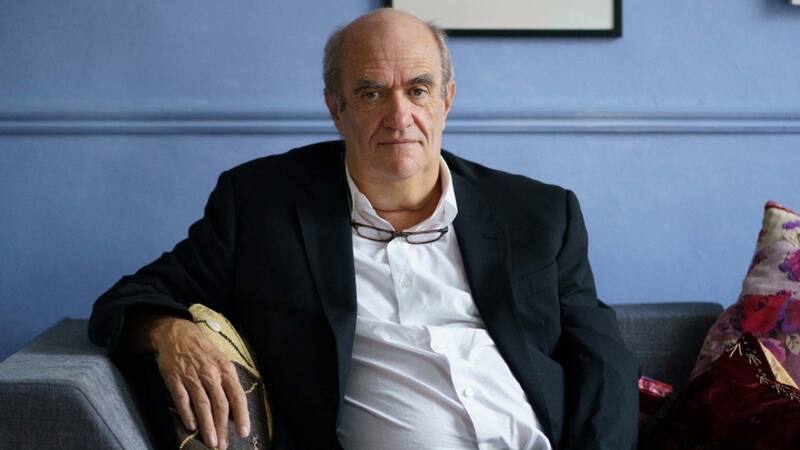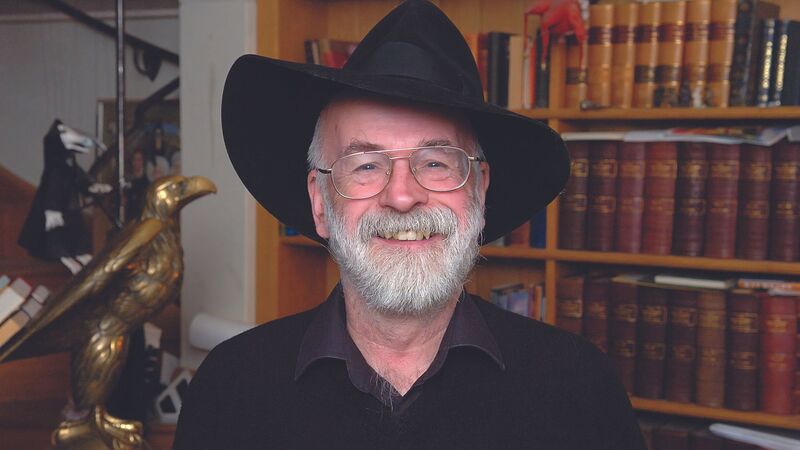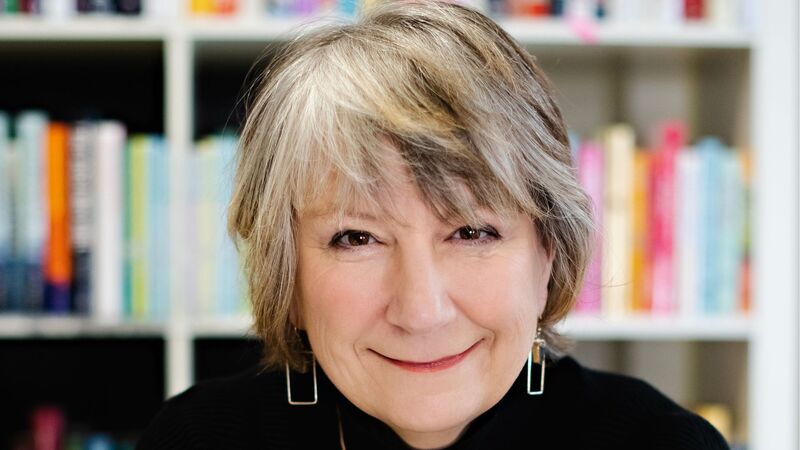You are viewing your 1 free article this month. Login to read more articles.
Review of 2019: Backlist boost drove print market
Print backlist sales rose to an all-time high of £1.061bn in 2019, up 4.1% on the 2018's previous record, with the last two years the only time older titles have eclipsed the £1bn mark.
We often write a lot about the new in our weekly data analysis as the bestseller lists are, by their very nature, frontlist driven. But a Review of the Year is a good time to underscore the importance of older titles. Indeed, the bulk of the market‚Äôs value was generated last year from backlist: £1.06bn, or 63% of sales through Nielsen BookScan last year, was earned by titles published before 2019. Of that, £610.9m came from “deep backlist”, editions released before 2017.
We have termed pre-2019 titles “backlist” and pre-2017 published books “deep backlist”. This is admittedly a blunt tool, as many “deep backlist” titles are front and centre in shops. There is almost a philosophical question: can older titles like J K Rowling‚Äôs Harry Potter and the Philosopher‚Äôs Stone, The Highway Code and Yuval Noah Harari‚Äôs Sapiens (from our Deep Backlist Top 10), which continue to hit TCM weekly Top 50s years after publication, still be considered frontlist? Discuss.
While we rightly salute the Pinch of Noms and Beast of Buckingham Palaces for market- leading performances, the base of the trade is built on hundreds of thousands of titles generating modest sums. Literally hundreds of thousands: last year‚Äôs £1.667bn in TCM sales came from an all-time high of 1,803,846 ISBNs registering at least one copy sold. Of that, only 4,989 books generated more than £10,000 through BookScan, worth £709m. The trade can be viewed as something of an inversion of Newton‚Äôs famous quote, then: if it has succeeded, it is because of giants standing on the shoulders of the many.
Children‚Äôs and series crime authors tend to be strongest in backlist and it may be no surprise that Julia Donaldson (pictured) and Rowling are tops: The Gruffalo co-creator earned £8.6m (or 61% of her total) in deep backlist sales in 2019, with Rowling second in that regard, with £7.5m (65%) earned from deep backlist titles.
It‚Äôs interesting how some authors‚Äô work has legs and some are more for the here and now. For a few years, James Patterson and the now-retiring Lee Child have been roughly in the same TCM ballpark, earning £6m‚Äì£7.5m annually. Yet despite having a huge portfolio due to his co-author publishing program, Patterson is consistently outsold by Child in deep backlist—last year the pre-2017 Jack Reacher releases shifted £2.7m, or 33% of his sales, to Patterson & Co‚Äôs £624,000 (9.9%).
For peak consistently selling longevity, let us salute the two remaining “evergreens”: editions that have been in every single TCM Top 5,000 since records began. Thus, Eric Carle‚Äôs The Very Hungry Caterpillar and Michael Rosen and Helen Oxenbury‚Äôs We‚Äôre Going on a Bear Hunt have both notched up 1,256 weeks. Seven other in-print titles have also crossed the 1,000-week barrier. And—would you Adam and Eve it?—the oldest title on a 2019 Deep Backlist Top 5,000 was Rhyming Cockney Slang; Abson Books published the till-point favourite back in 1971.













